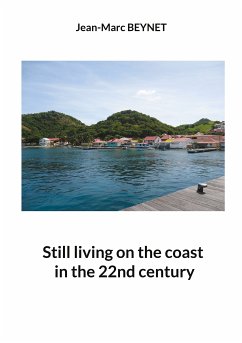Since the industrial revolution and coal mining in the 19th century followed by oil and gas drilling in the 20th century, massive CO2 emissions are responsible for global warming and rising sea levels, which will continue until political and industrial energy decision-makers put in place effective energy transition solutions. In the meantime, younger generations are worried and some even suffer from climate eco-anxiety. This book gives examples of simulated coastal submersion, based on selected examples in the North Sea, the Mediterranean, the English Channel, the Atlantic, and on islands in the Caribbean, the Pacific and the Indian Oceans. Then, to reassure the generations of the 22nd century, this book explains the energy transition, the advantages of green hydrogen in particular, low-carbon architecture, carbon neutrality for large cities and biomimicry. Finally, it proposes solutions for the adaptation of existing coastal settlement, as well as for the construction of new types of housing on stilts and/or floating, for CO2 capture, the adaptation of port infrastructures, multi-purpose offshore platform designs, and floating cities. It is to help today's youth that this book was written, so that future generations don't need to be afraid of the sea; instead of running away, they can continue to live on the coast. Full of illustrations, it includes 73 colour pages presenting 40 maps, 62 photos and 26 graphs or 3D sketches.
Dieser Download kann aus rechtlichen Gründen nur mit Rechnungsadresse in A, B, BG, CY, CZ, D, DK, EW, E, FIN, F, GR, H, IRL, I, LT, L, LR, M, NL, PL, P, R, S, SLO, SK ausgeliefert werden.









